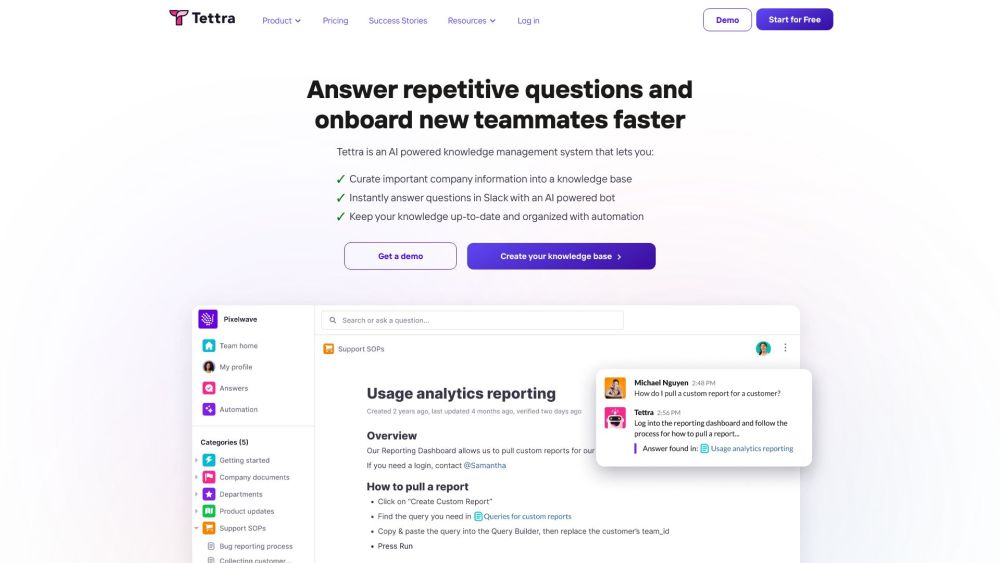AI is at the forefront of discussions among enterprise and startup leaders, raising pivotal “what if” questions regarding the future of our work and lives. Generative AI is particularly revolutionary, transforming the capabilities of artificial intelligence in business while posing complex ethical dilemmas. To manage these risks and ensure prudent oversight, boards of directors must prioritize AI governance, yet many organizations face challenges in enhancing their leaders' understanding of artificial intelligence.
The necessity to educate board members is becoming increasingly urgent. Over the past decade, the applications of machine learning and AI have expanded dramatically, accompanied by rising risks. Boards today confront unique governance and risk management challenges in the AI era. A recent survey by Deloitte revealed that 72% of boards have at least one committee focused on risk oversight, and over 80% have dedicated risk management experts. Despite substantial investment in managing various business risks, AI requires equivalent attention.
AI carries numerous risks. For instance, security vulnerabilities can jeopardize sensitive data, while biased outcomes can trigger compliance issues. Negligent deployment of AI technologies can have significant repercussions for businesses, consumers, and society. Such potential consequences should alert board members and encourage proactive involvement in mitigating AI risks.
The Growing Urgency
The emergence of generative AI adds complexity to the AI risk landscape. Its impressive capabilities have astonished users and unlocked transformative applications. Generative AI tools, such as large language models (LLMs), image and audio generators, and coding aids, empower users to enhance productivity, uncover insights, and explore new revenue streams. Importantly, these tools are accessible to anyone, eliminating the need for advanced data science expertise to operate LLM-powered chatbots trained on corporate data. As the barriers to AI adoption diminish alongside rapid advancements in AI capabilities, organizations must intensify their risk management efforts.
Generative AI not only heightens existing AI risks but also accelerates the urgency for developing effective risk mitigation strategies. Today's risks are substantial, and they will intensify as generative AI advances and its adoption widens. Boards need to act swiftly to deepen their understanding of generative AI and its implications for risk management. Here are five key steps to empower board members in preparing their organizations for a generative AI-driven future:
1. Enhance AI Literacy Among Board Members
A robust understanding of AI is crucial. For board members to effectively champion AI risk management, they must ask the right questions, necessitating a higher level of AI literacy than they may currently possess. Given the risks associated with generative AI, understanding terms like “hallucinated” outputs, which are factually incorrect, and recognizing how generative AI can exacerbate existing risks, is essential. For example, an AI-driven call center could impact a larger audience with biased outputs.
To build on their AI literacy, board members can utilize traditional learning methods, such as inviting industry experts for talks, attending seminars, or engaging in independent study. Additionally, generative AI itself can facilitate learning; for instance, an LLM can simplify complex concepts about generative AI, elucidating its limitations and functionalities through clear, natural language.
2. Foster AI Fluency in the C-suite
Alignment between boards and C-suites regarding generative AI and risk management is vital. Establishing a shared language, understanding, and objectives is imperative. While boardroom literacy is critical, fluency in the C-suite takes priority. Board members should encourage executives to cultivate familiarity with generative AI, emphasizing both the opportunities it presents and the inherent risks.
As the power of generative AI grows along with its applications, business leaders must understand the technology to responsibly steer AI initiatives. Significant decisions concerning ethics, safety, security, and accountability hinge on a foundational comprehension of generative AI. Board members play a key role in fostering this understanding across the organization.
3. Consider Recruiting AI-Experienced Board Members
Traditionally, many board members hail from finance and business sectors, which equips them with knowledge of fiscal and competitive issues. However, given the complexities and specific challenges posed by AI, boards should expand their technical expertise. One effective approach is to bring an AI specialist onto the board—someone with a track record of operational leadership and successful AI project implementations in similar organizations.
Recognizing the nascent nature of generative AI, early recruitment of board-level expertise can better prepare the organization for the future. An operational AI expert can provide invaluable insights essential for effective governance and oversight.
4. Prepare the Board for Future Developments
Ongoing governance is critical and cannot be treated as a one-time task. Boards must establish controls to ethically and responsibly manage generative AI. While they may already form subcommittees for audits, succession planning, and financial risk management, adopting a similar framework for AI oversight is key.
The landscape of generative AI is ever-evolving, encompassing shifting capabilities, risks, and terminologies as the technology develops. By creating a dedicated AI subcommittee or extending mandates of existing groups, boards can remain focused and informed regarding this complex domain. For instance, an audit committee can be tasked with exploring algorithmic auditing practices.
5. Guide the Organization as Generative AI Evolves
Although board members may not engage directly with generative AI, they hold significant responsibilities as stakeholders. As business leaders investigate how generative AI can boost productivity and spur innovation, the board can oversee the ethical and responsible deployment of AI solutions. Leveraging frameworks for assessing risk and trust can help boards evaluate compliance and governance implications, ensuring their organizations navigate the AI landscape effectively.
One framework worth considering is Deloitte’s Trustworthy AITM framework, which assists organizations in evaluating risk and trust in AI deployments. Utilizing such frameworks empowers boards to make informed decisions and steer their organizations toward valuable applications of generative AI.
Embarking on a New Journey
The generative AI landscape is still in its infancy, promising to reshape business and society in profound ways. While the future is uncertain, the integration of AI technologies will undoubtedly remain a dynamic process.
Implementing these five crucial steps can significantly enhance organizational readiness for the generative AI era. Additionally, organizations can consult with expert advisors who specialize in generative AI governance and oversight, providing essential guidance for board members.
Effective risk management is a continual process. By fostering AI literacy, maintaining focus, integrating professional expertise, and envisioning the future, boards can navigate uncertainties and position their organizations for success in this transformative AI era.





